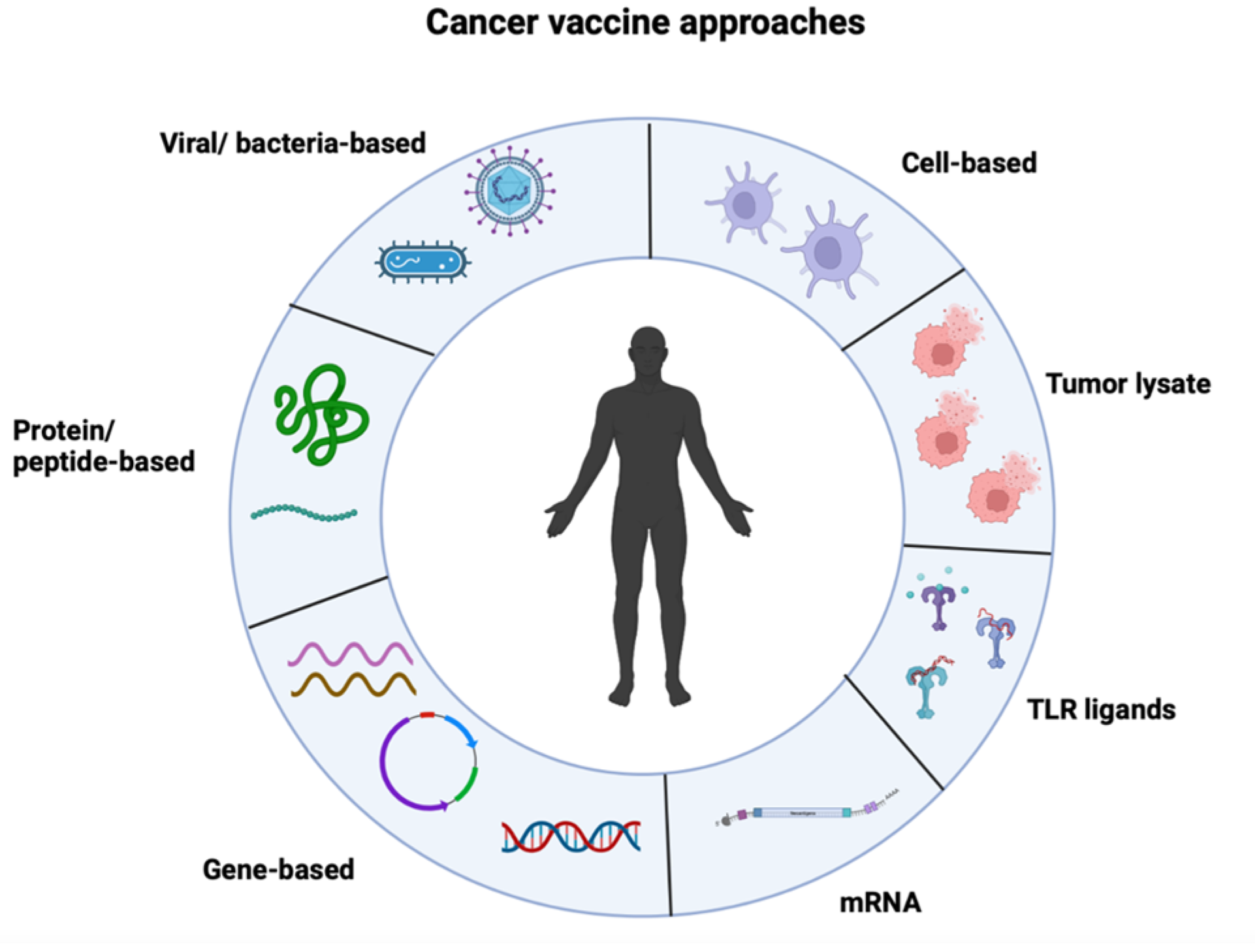The specter of the Nipah virus looms large once again as India grapples with a resurgence of this deadly pathogen. But Nipah is not just a local concern; it serves as a stark reminder of the broader global challenges posed by zoonotic diseases—those capable of jumping from animals to humans. This article delves into the history of Nipah outbreaks, the current situation in India’s Kerala state, and the broader implications for global health and research.
The Nipah Virus: Origins and Characteristics
The initial recorded Nipah outbreak dates back to 1998, when the virus wreaked havoc among pig farmers in Malaysia. Its name is derived from the village where it was first identified. Although Nipah outbreaks are infrequent, the World Health Organisation (WHO) has classified it alongside diseases like Ebola, Zika, and COVID-19 as a research priority due to its potential to trigger a global epidemic.
Nipah typically infects humans through contact with animals, contaminated food, or even direct transmission between people. Fruit bats are the natural carriers of the virus and are considered the primary source of subsequent outbreaks. Symptoms include a high fever, vomiting, and respiratory infections. Severe cases can lead to seizures and brain inflammation, ultimately resulting in a coma. Sadly, no vaccine for Nipah exists at present, and the mortality rate fluctuates between 40 and 75 percent, depending on the effectiveness of public health responses, according to the WHO.
Previous Nipah Outbreaks: A Pattern Emerges
The first Nipah outbreak claimed over 100 lives in Malaysia and necessitated the culling of one million pigs in an attempt to contain the virus. It also spread to Singapore, with 11 cases and one fatality among slaughterhouse workers who had contact with pigs imported from Malaysia. Since then, Nipah has primarily surfaced in Bangladesh and India, both of which witnessed their first outbreaks in 2001.
Bangladesh has borne a significant burden, with over 100 Nipah-related deaths recorded since 2001. India faced two early outbreaks, resulting in the deaths of more than 50 individuals before they were successfully controlled. Recently, the southern state of Kerala in India has reported two Nipah-related deaths and four confirmed cases within the past month. In response, authorities have closed schools and initiated widespread testing. Notably, this marks Kerala’s fourth documented series of Nipah cases in five years, with the virus claiming 17 lives during the initial outbreak in 2018. Kerala’s past success in quelling these outbreaks stemmed from comprehensive testing and strict isolation measures for those in contact with infected individuals.
The Broader Context: Zoonotic Diseases and Global Challenges
The emergence of zoonotic diseases has surged over the past few decades, exacerbated by the rapid growth of international travel and human activities like deforestation and industrial farming. These activities disrupt ecosystems and heighten the risk of viruses mutating to become transmissible to humans. As different species come into closer contact, the transmission of viruses is facilitated, leading to the potential emergence of new diseases with human transmissibility.
Climate change adds another layer of complexity to this scenario, forcing many animals to migrate from their natural habitats to more hospitable areas. A 2022 study published in the scientific journal Nature warned about this phenomenon. Estimates from a 2018 study in the journal Science suggest that there are approximately 1.7 million unknown viruses in mammals and birds, with 540,000 to 850,000 of them possessing the capability to infect humans.
Conclusion: The Urgent Need for Global Vigilance and Research
In conclusion, the Nipah virus outbreak in India underscores the ongoing threat posed by zoonotic diseases and highlights the need for global vigilance and research to prevent potential epidemics. The interconnectedness of our world, combined with environmental changes, demands a proactive approach to identify, monitor, and mitigate such risks. The Nipah virus, though relatively rare, serves as a potent reminder that emerging infectious diseases can quickly become global concerns, necessitating collaborative efforts on a global scale to safeguard public health.



